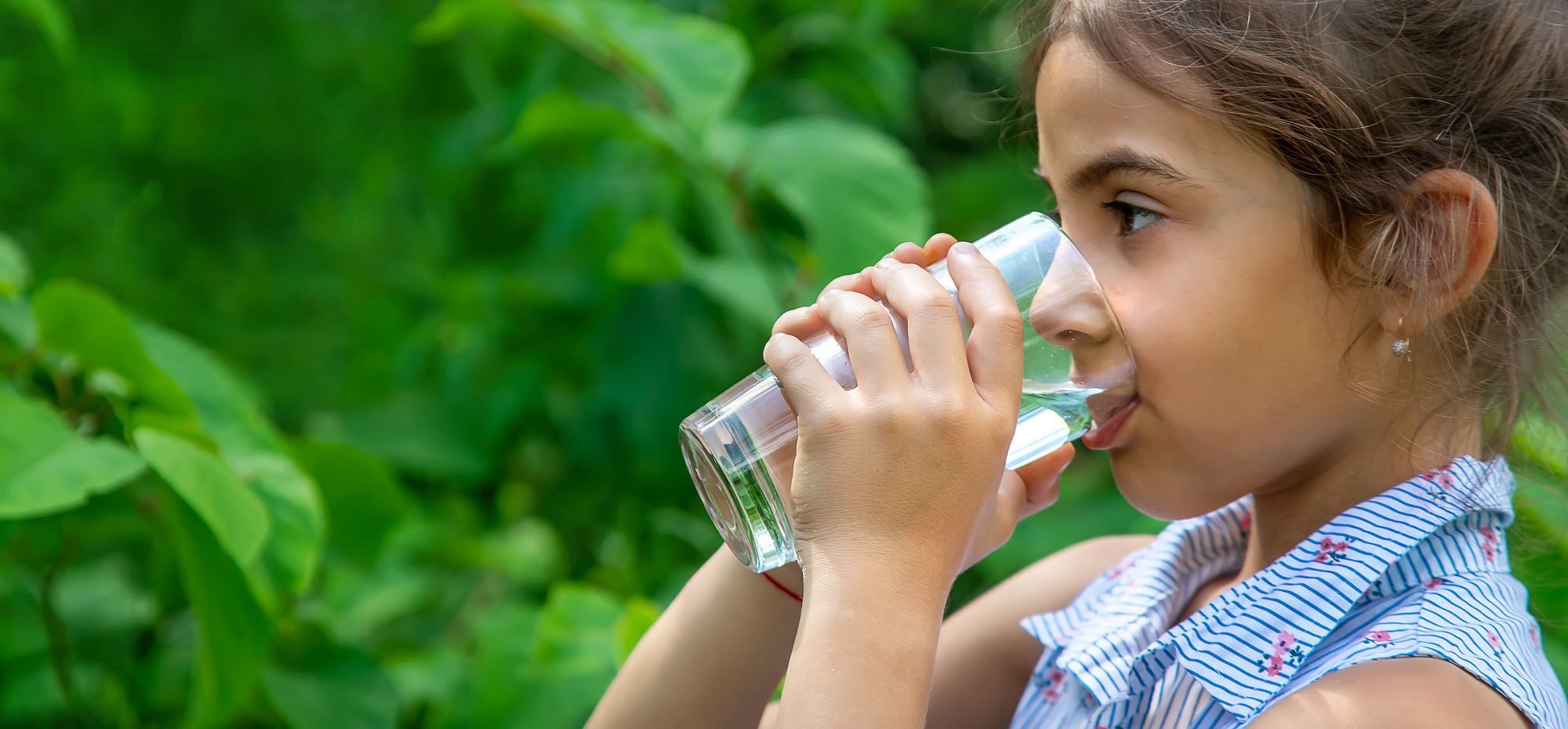Uncovering the Germiest Places in the Home To Create a Clean and Vibrant Future
Do you know what the germiest place in your house is? For today’s time-pressed consumer, concerns about the home have — more than ever — become top of mind. We want to ensure that our houses are healthy and clean so they can be safe places for work, play, rejuvenation and sanctuary.
Indeed, during these pandemic times, Americans are getting savvier about cleaning and sanitation in their homes.
We checked with resident cleaning guru Lisa Yakas, Senior Account Manager for EPA’s Safer Choice cleaning products and our home product certification. Yakas was recently a panelist at Good Housekeeping’s Discover Cleaning 2022: The Clean, Healthy & Happy Home Summit, a virtual event held in partnership with the American Cleaning Institute. The October event was designed to address the cleaning concerns of today’s consumers and highlight the latest advancements in the world of cleaning. The panel probed the issues consumers face around cleaning and killing germs in the kitchen and bathroom and discussed why it’s important, what hot spots people are missing, the challenges of keeping these spaces clean, and the best products to use and how to use them properly.
We also polled consumers on social media to find out if they knew what the germiest places in their homes were. Find out what more than 1,200 consumers think are the germiest spots and what our expert Yakas says you can do about them:
- What area of the kitchen do you think is the germiest?
- Refrigerator drawers: 8%
- Stovetop: 3%
- Coffee machine reservoir: 8%
- Sponge: 81%
- What area of the bathroom do you think is the germiest?
- Sink and countertop: 10%
- Toilet: 20%
- Shower/tub: 4%
- Door handle: 65%
- How often do you clean your kitchen?
- Daily: 83%
- Weekly: 12%
- Monthly: 1%
- When it looks dirty: 5%
- What areas of the kitchen do you forget to clean?
- Built-in fridge water dispenser: 38%
- Cabinet handles: 20%
- Knife block: 31%
- Coffee machine reservoir: 12%
- Do you check the temperature of your fridge?
- Yes: 64%
- No: 36%
Yakas stresses why it’s so important to kill germs in the kitchen and bathroom: because they can make you sick.
“The kitchen and bathrooms are the germiest places in the home,” says Yakas. If not cleaned properly, they can make you ill through contact with germs and bacteria. She also says sanitizing and disinfecting are key musts. But what’s the difference between them?
- Cleaning is the process of removing dust and dirt, dried food, or spills. It’s critical to clean before you sanitize and disinfect. You can’t sanitize a dirty surface! Cleaning can be as simple as using warm water with dish soap or a homemade solution, such as water and vinegar. Take a clean sponge and scrub off any chunks of food or pieces of residue you see in every nook and cranny.
- Sanitizing removes and lowers the number of germs and bacteria on a surface to levels that are considered safe.
- Disinfecting uses chemicals to kill germs — both viruses and bacteria — and lowers the risk of spreading infection.
The Safer Choice label is a voluntary partnership with the U.S. EPA that helps consumers and commercial purchasers find products that contain safer chemical ingredients without sacrificing performance. NSF is the largest third-party reviewer of all-purpose cleaners, window cleaners, tub/tile cleaners, laundry detergents, floor care products, pet care products and car care products.
How NSF Can Help You
Get in touch to find out how we can help you and your business thrive.

What’s New with NSF

NSF Celebrates 50 Years of the Safe Drinking Water Act
December 16, 2024
Brooklands New Media’s Publication On NSF’s Global Animal Wellness Standards (GAWS) Not Endorsed by NSF
November 25, 2024
NSF Announces Participation in Sustainable Foods 2025, CNBC Docuseries
November 18, 2024